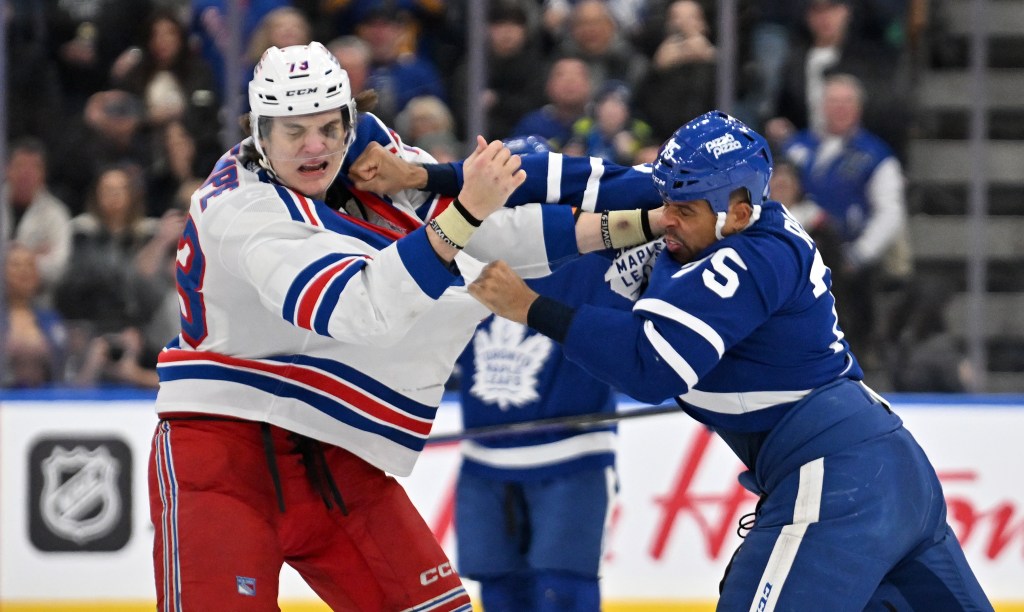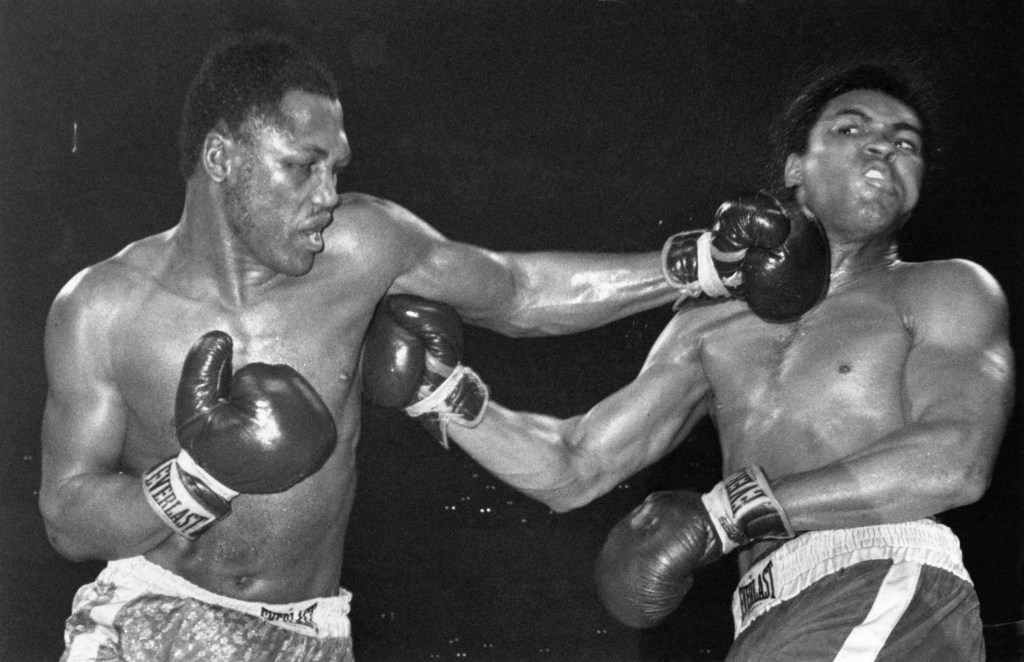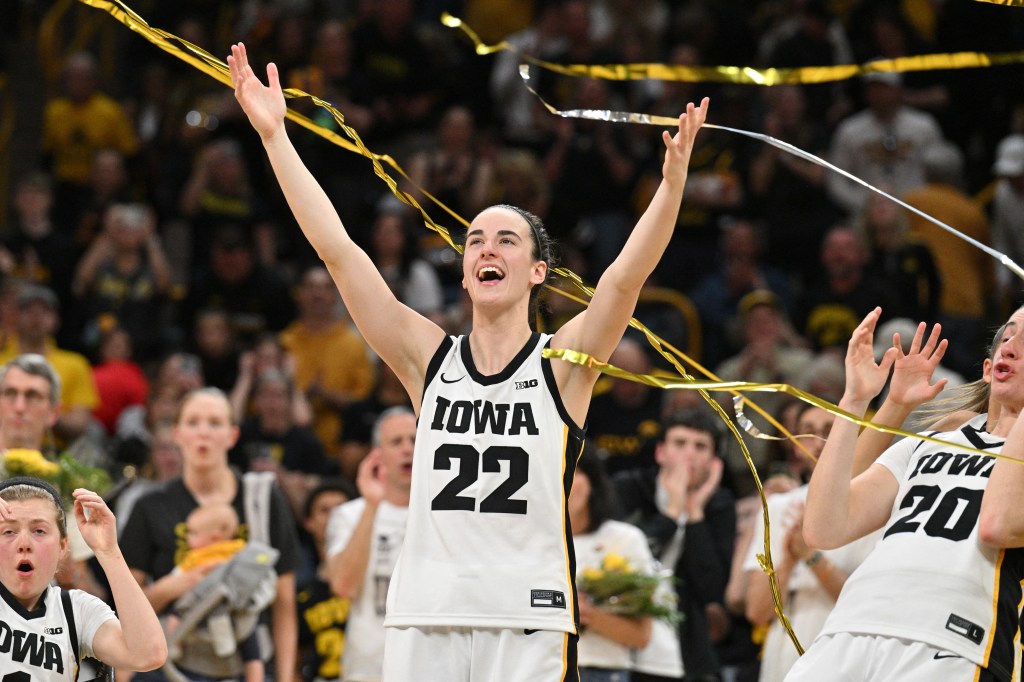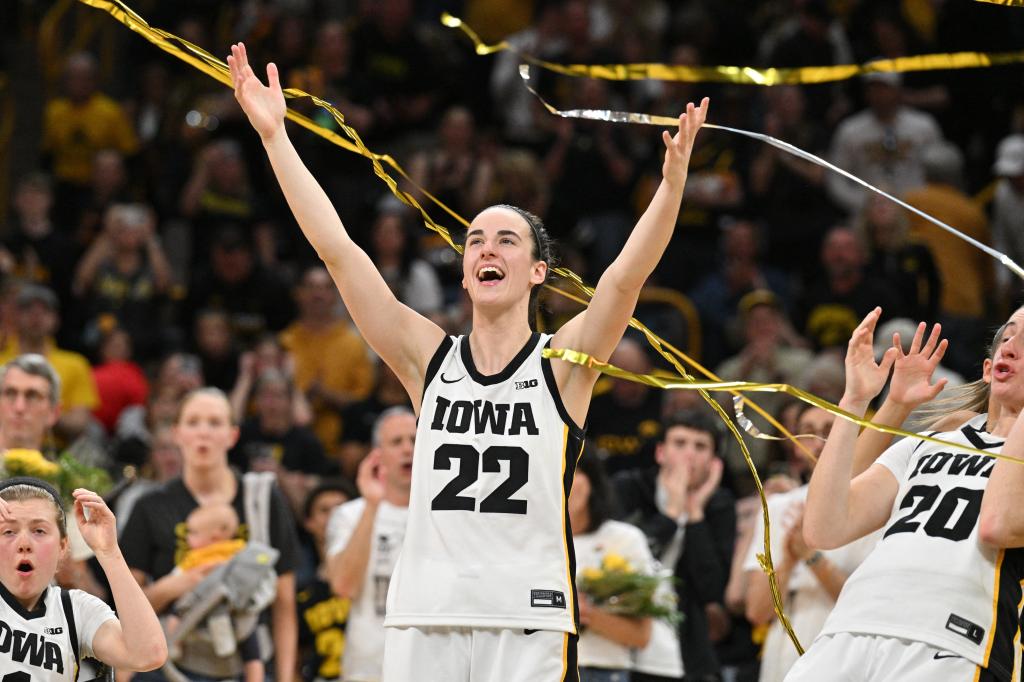If you didn’t know better you’d have thought you collided with one of those blood sports pay-per-view come-ons, perhaps the weigh-in. Hey, sports fans, don’t miss the carnage!
But it was the NHL Network, Saturday morning, because later that day the Maple Leafs would play the Rangers in Toronto, thus the promotional promise of career pugilist Ryan Reaves, now with his sixth NHL team, throwing fists against recent Ranger fists-first call-up Matt Rempe made for the scent of blood in the air and on the air.
Reaves, in an interview conducted the day before, said he’s ready to fight Rempe the next day, as if it were part of the curriculum. Come and get it!
There was no evidence provided — likely because none existed — that Rempe and Reaves had ever played against each other, thus no pre-existing animosity was in play. This was to be a baseless, senselessly stupid schoolyard throwdown, and NHLN had determined that it would join in stirring the most visceral syrup in media and fans via fists-clenched hands.
So in 2024, the NHL, which has largely evolved to become a speed and skill game, still can’t shake its Neanderthal tradition that too often relegates humans to neurological decay.
Despite growing evidence that hockey players’ lives have been ruined — including early death and suicides due to CTE — NHL commissioner Gary Bettman, taking the Fight! Fight! Fight!, populist, good-for-business path, has dismissed such evidence as media hysteria, thus more of a public relations issue than a human one.
Yet if one were to track the post-hockey lives of career “enforcers” one would ask why there’s still room for such on professional rosters.
Many hockey fans will recall a career pug named Bob Probert, a villain who landed and received punches to the head throughout the 1990s, playing for Detroit and Chicago.
After his sudden death at 45, his wife suspected his years of trading fists to the head was pertinent. She had his brain donated for intensive examination by Boston University’s Medical School which found that. Probert suffered from a degenerative brain disease called chronic traumatic encephalopathy, or CTE, a condition also common among former NFL player, and boxers, with MMA fighters in line.
Or was BU’s conclusion the result of media hysterics?
Dead-by-35 NHLers found to have suffered from CTE include Derek Boogaard, an “enforcer” who briefly played for the Rangers, Steve Montador and Canucks’ undrafted tough guy Rick Rypien who committed suicide at 27.
Montador’s brief life after playing for six NHL teams was an excruciating hell as he couldn’t suffer any noise above a whisper, and rarely left his room. Montador had been a willing in-game fighter, as, undrafted, he did what it took to stick.
But hey, Reaves and Rempe, for no sensible reason beyond popular demand, got it on Saturday, punching each other in the head as per their job descriptions.
There have been too many opportunities to do much better to not have not done somewhat better.
Muhammad Ali was a trembling, mumbling mess in middle age as have been countless boxers. But when Ali’s greatest enabler and cut-man (he always took a big cut), Don King, took great care to reference Ali’s neurological impairment as “Parkinson’s Disease,” a naturally occurring affliction.
But that was nonsense. Ali was suffering from Parkinson’s Syndrome, which mimics the symptoms of Parkinson’s Disease. Ali’s condition is/was also known as dementia pugilistica, CTE caused by being hit in the head too often.
And beyond all of the above, a selfish lament: As a lifelong NHL fan I thought the time had passed when I was forced to rationalize or ignore the fighting as what hockey-haters perceived as the essence of the game. “Went to a fight and a hockey game broke out.” Hah, hah.
That part of the game was on the deep fade — and not a moment too soon. But Saturday morning, even the NHL Network was eager to restore the NHL as a sport that rewards goonery in service to the business of pleasing bloodthirsty fans and media.
And both teams, after the obligatory fight, slapped the boards with their sticks to demonstrate their approval. After all, the fighters’ heads weren’t theirs.
Put it this way: If the intent was not to bash opponents’ heads with their fists, players wouldn’t be celebrated for their eagerness to “drop the gloves.” As a matter of civilized sport as well as the growing incidents of CTE, they’d be punished for not leaving their gloves on to soften the blows.
Volpe learns fundamentals
We read this week that the Yankees are encouraging Anthony Volpe to swing level to produce more line drive hits and to stop trying to uppercut the ball as the occasional home run was not worth — egads! — a .209 batting average with 167 strikeouts.
But how did tens of thousands of Yankees fans know that by August while the Yanks found out months later?
Who knows, soon teams will discover that running to first base has its advantages.
If, when the NBA copied the ABA to create 3-point shots, it knew that 50 percent of field goal attempts would regularly be 3-point attempts would there even be a 3-point shot?
In three recent Knicks and Nets games we watched games predicated on nothing better than trying to score from outer space.
In a blowout loss to the Pelicans last Tuesday, the Knicks’ 83 field goal attempts included 46 3-point heaves — 55 percent 3-pointers.
Then, in the Knicks’ win over the Cavaliers on Sunday, Cleveland attempted 44 3s among their 87 field goal shots — 51 percent.
Then the Nets lost to the Grizzlies on Monday, shooting 42 3s — 51 percent — among their 78 field goal shots.
But if that’s the NBA’s willing and certified “evolution” of basketball, I guess we’re left to love it or leave it.
No comparing Clark, Maravich
There’s no doubt that Iowa’s Caitlin Clark is an extraordinary player, worthy of stand-alone acclaim.
But this mindless total-points comparison to Pete Maravich remains another case of modern media, especially TV, choosing to ignore significant context as insignificant.
Thus, just for starters, we’re to ignore the fact that Clark’s 509 3-pointers over four years vs. Maravich’s 0 over three seasons, as freshmen were ineligible when Maravich played for LSU and there were not yet 3-point shots.
Sorry, but I can’t do it. Hey, I never once misplaced my cell phone before cell phones. Go figure.
Solution to court-storming? One forfeit might do it, no?
We’re reaching that point in the year when we really, really miss Doc Emrick.
If it was Gus Johnson’s intent to steal the Ohio St.-Iowa spotlight from Caitlin Clark, Sunday on Fox, with his transparent vocal affectations including growling calls and other unnatural excitements, he nearly succeeded.
Reader Thomas Varga writes that he has resumed jogging: “But should I run North-South, East-West or just downhill?” That’s up to you, Tom, but NBC analysts, during the next Winter Olympics, will refer to downhill skiing as “Downhill skiing, downhill.”








